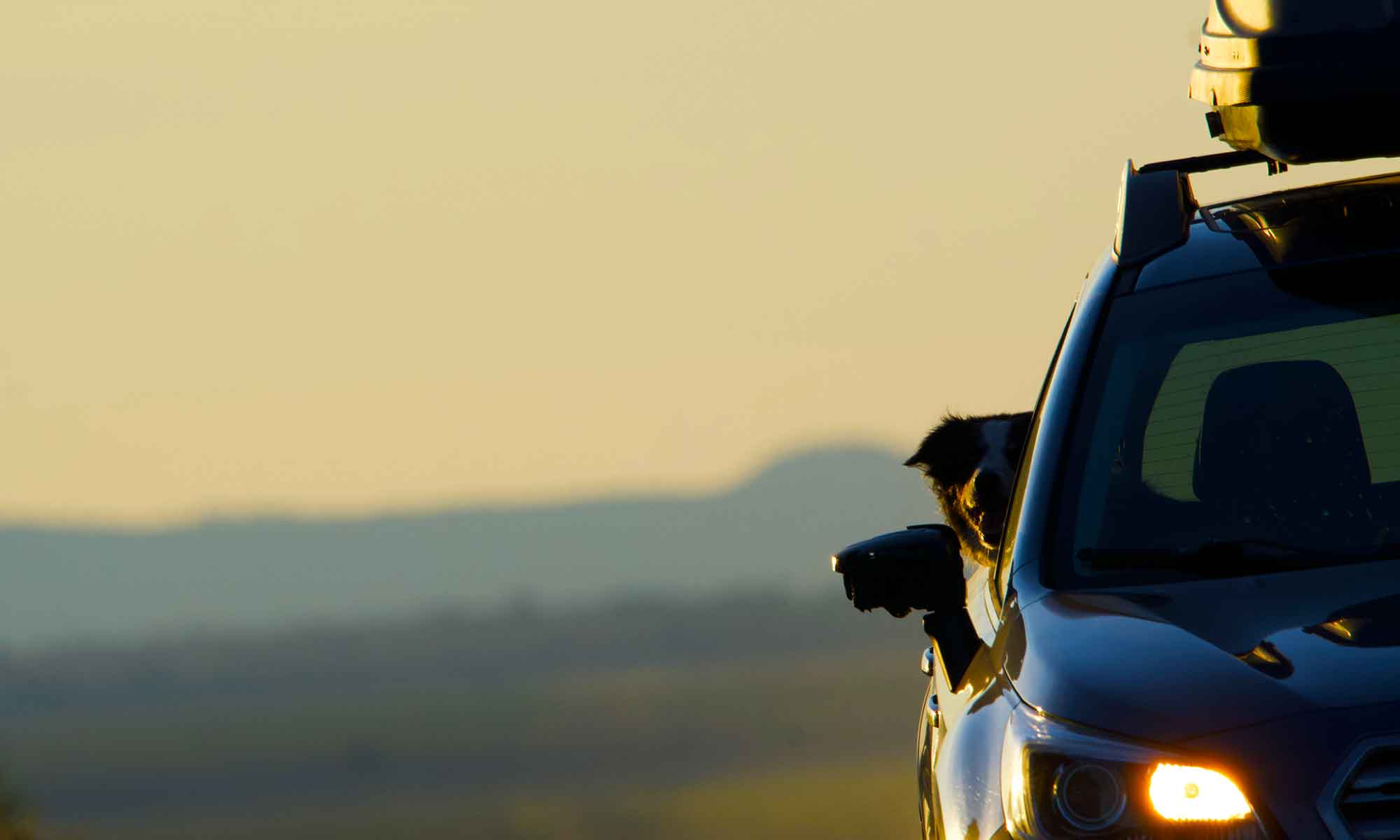
Though rarely, there ARE times when we don’t want to be on a river.
After the middle of June, the Lower Deschutes Canyon is off our calendar. What we avoid is a summer influx of tourists and high desert heat . . . an aversion acquired while living in Western Montana and constantly cultivated.


A highly anticipated Stonefly hatch usually precedes rafter season in Maupin.
After the runoff has calmed and waters have cleared AND before summer’s heat, we try to get one last day on the Deschutes.
This typically involves multiple trips as it turns out the Lower Deschutes is nice in the spring . . . and the fall as well.

It’s still spring in the canyon. The barrage of summer’s heat hasn’t penetrated this far.
Wild flowers are still blooming, families of waterfowl hang in the reeds and the days are short enough to offer cool mornings.
The Subaru serves as a base of operation but loses its appeal when parked under a summer sun. A couple weeks ago, camp chairs at the road’s edge worked, but this week that approach required we find some afternoon shade.


The seaonal Golden Stone and Salmon Fly hatch is dictated by nature and water temperature. The term ‘hatch’, gets used to describe an individual event, but could also mean a series of similar events.
We’ve found it best to start with the latter. With an understanding of aquatic invertebrate life cycles, you can be on the river at the proper time . . . be patient.
Since late winter, we’ve been making the trek to Maupin to check progress on the stonefly’s crawl to river’s edge. A scientific study that has been well documented.
Seemed likely this trip would end the season, so I tied up an old standard, two actually; Box Canyon Stonefly and Langtrey Special. Both caught fish.

 We spent the evening under a grove of Oregon Ash at BLM’s Blue Hole Campground.
We spent the evening under a grove of Oregon Ash at BLM’s Blue Hole Campground.
We finished our picnic, enjoyed a cold drink and listened to the bird song and wind in the branches.













 We’re back in tune with snowy weather and enjoying the season.
We’re back in tune with snowy weather and enjoying the season.


































